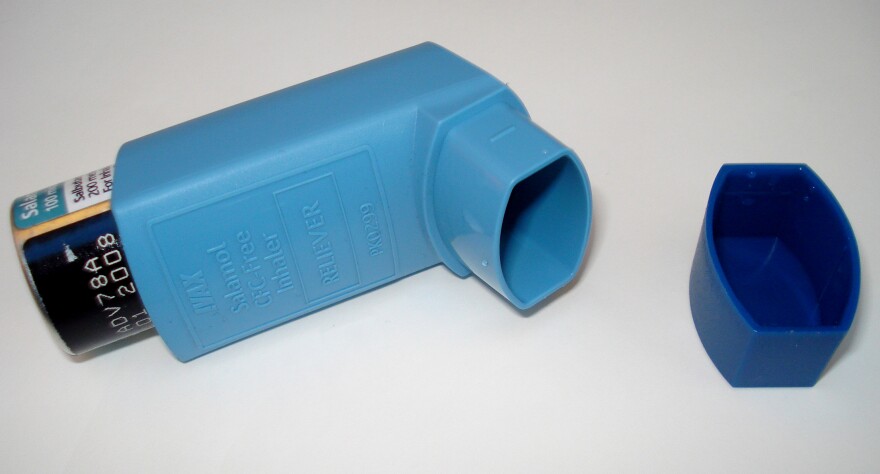About 24 million people in the U.S. suffer from asthma. And more than 6 million of them are children.
The percentage of U.S. kids with asthma doubled in the 1980s and 1990s. And it continued to increase steadily until the trend changed in 2013, according to NPR.
The prevalence of asthma peaked at 9.7% in 2011, and remained steady until 2013, when it decreased to 8.3%.
Despite the decrease, racial disparities persist. One in six black kids suffers from asthma – the highest of any ethnic group.
They are twice as likely to have asthma, and are about three times as likely to die of complications from asthma as white children, according to the U.S. Department of Health and Human Services.
Scientists at the University of California, San Francisco are examining potentially overlooked genetic clues to try and understand why. Geneticist Marquitta White told KQED:
The majority of genetic studies, not just in asthma but in most diseases, are done in Caucasian- or European-descent populations. The longest studies do not really include very many minority populations, which means that most patients aren’t getting the best care, because we don’t really know what the disease etiology is in their particular population.
Although asthma can't be cured, good treatment is key to preventing serious asthma attacks. Researchers are analyzing the genes of black, Mexican-American, and Puerto Rican kids to get a better idea of drug responses in each population. White said:
One of our hypotheses is that what’s underlying this huge mortality in African-American children is the fact that the most commonly prescribed drug for asthma is albuterol. The problem is that not everyone responds to albuterol the same way. And actually, Puerto Rican and African-American children have the worst drug response. So, you’re looking at two populations with the worst drug response with the highest mortality. We have a feeling those things might be related.
Avoiding asthma triggers like dust mites, animal dander, molds, and other environmental factors is another way to prevent serious complications. Dr. Avni Joshi of the Mayo Clinic said in an email to The Huffington Post:
For low-income children in particular, it’s possible that environmental risk factors like tobacco exposure, poor housing and poor indoor air quality, and indoor dust mite and cockroach exposure may make asthma more likely. There is a vicious cycle of poverty and obesity which may also contribute to the risk of development and persistence of asthma. In addition, children in poor households experience higher psychosocial stress, which is another risk factor for asthma.
But on average, 60% of what determines whether or not you have asthma is going to be due to genetic factors, White told KQED. A number she says can range from 35 to 90%, depending on the population.
In 1993, Congress passed legislation requiring publicly funded medical studies to include more women and patients of color. A 2015 review of lung disease studies found only five percent of research included minorities, according to KQED.
Elizabeth Matsui is a professor of pediatrics at the Johns Hopkins Children's Center in Baltimore. She told NPR:
Roughly 1 in 9 children has asthma. That's a pretty profound burden of a health condition in a population that really should be very, very healthy overall. So there's still a lot of work to be done. That includes addressing the persistent racial and economic inequities. There are stark and dramatic disparities in the prevalence of the disease.
"I think that what we should be striving for is equal care for everyone, and in order to do that you have to know what the disease is doing in everyone. That’s step one," White told KQED.





